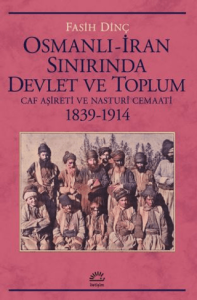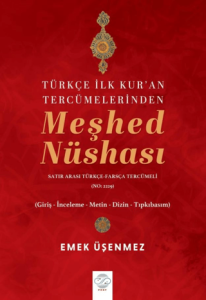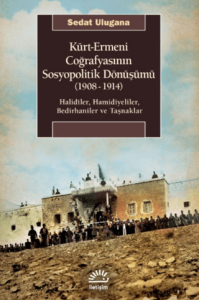
the Guide to Xanthos and Letoon, written by the archaeologist excavating at the sites, has been prepared for the exhibition "Xanthos, Architecture of a Civilization". The book covers the history of Lykia as well as presenting for the first time a complete evaluation of the excavations of both sites and is designed to facilitate visiting. The city of Xanthos sets an example for an indigenous Anatolian city with its characteristic trends of a local civilization that evolved progressively according to first Greco-roman and then Byzantine model; the site was first inhabited in the 7th century BGE through 7th, in fact 11th century CE. Based on the quality of the edifices extant, and the abundance of official inscriptions the Sanctuary of Letoon seems also to have a similar development and played the role of federal sanctuary of the Lykians.
the Guide to Xanthos and Letoon, written by the archaeologist excavating at the sites, has been prepared for the exhibition "Xanthos, Architecture of a Civilization". The book covers the history of Lykia as well as presenting for the first time a complete evaluation of the excavations of both sites and is designed to facilitate visiting. The city of Xanthos sets an example for an indigenous Anatolian city with its characteristic trends of a local civilization that evolved progressively according to first Greco-roman and then Byzantine model; the site was first inhabited in the 7th century BGE through 7th, in fact 11th century CE. Based on the quality of the edifices extant, and the abundance of official inscriptions the Sanctuary of Letoon seems also to have a similar development and played the role of federal sanctuary of the Lykians.

















